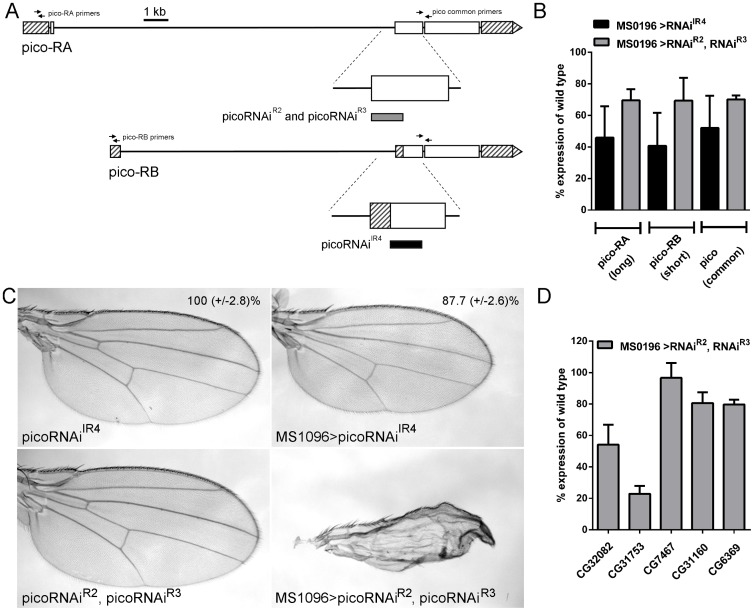Figure 1. Phenotypic effects of pico RNAi constructs.
A) Gene map showing long (pico-RA) and short (pico-RB) transcripts. Untranslated regions are shown with hatched boxes, coding exons are shown with open boxes. pico-RA and pico-RB share identical 3′ exons but differ at their 5′ ends. The position of oligonucleotide primers used to amply either pico-RA, pico-RB or both pico transcripts (for analysis of expression levels shown in panel B) are indicated with arrows. Magnified image of one of the coding exons shows the position of the inverted repeat constructs: picoRNAiR2/picoRNAiR3 (grey rectangle), picoRNAiIR4 (black rectangle). B) Ectopic expression of inverted repeat contructs using MS1096-GAL4 results in knockdown of pico mRNA levels in the wing imaginal disc. RNA was extracted from wing imaginal discs that had been dissected from larvae expressing UAS-picoRNAiIR4 (MS1096>picoRNAiIR4), or UAS-picoRNAiR2 and UAS-picoRNAiR3 (MS1096>picoRNAiR2, R3), and was analysed by qRT-PCR. Levels of picoRA, picoRB and all pico transcripts are shown as a percentage of the expression in wing discs from a control strain (w1118). C) Phenotypic effect of ectopic inverted repeat contructs on wing development. Flies carrying UAS-inverted repeat constructs alone (picoRNAiIR4 or picoRNAiR2 and picoRNAiR3) resemble wild type wings. Ectopic overexpression of picoRNAiIR4 (MS1096>picoRNAiIR4) resulted in a significant reduction of adult wings size (p<0.001) without any loss of morphology. In contrast ectopic picoRNAiR2, picoRNAiR3 (MS1096>picoRNAiR2, picoRNAiR3) resulted in severe loss of wing morphology as evidenced by crumpled wings. D) Ectopic co-overexpression of picoRNAiR2 and picoRNAiR3 using MS1096-GAL4 results in the knockdown of at least 4 predicted off-targets as determined by qRT-PCR. Levels of the predicted off targets (CG32082, CG31753, CG7467, CG31160, CG6369) in MS1096>picoRNAiR2,R3 wing discs are shown as a percentage of the expression in wing discs from a control strain (w1118).

